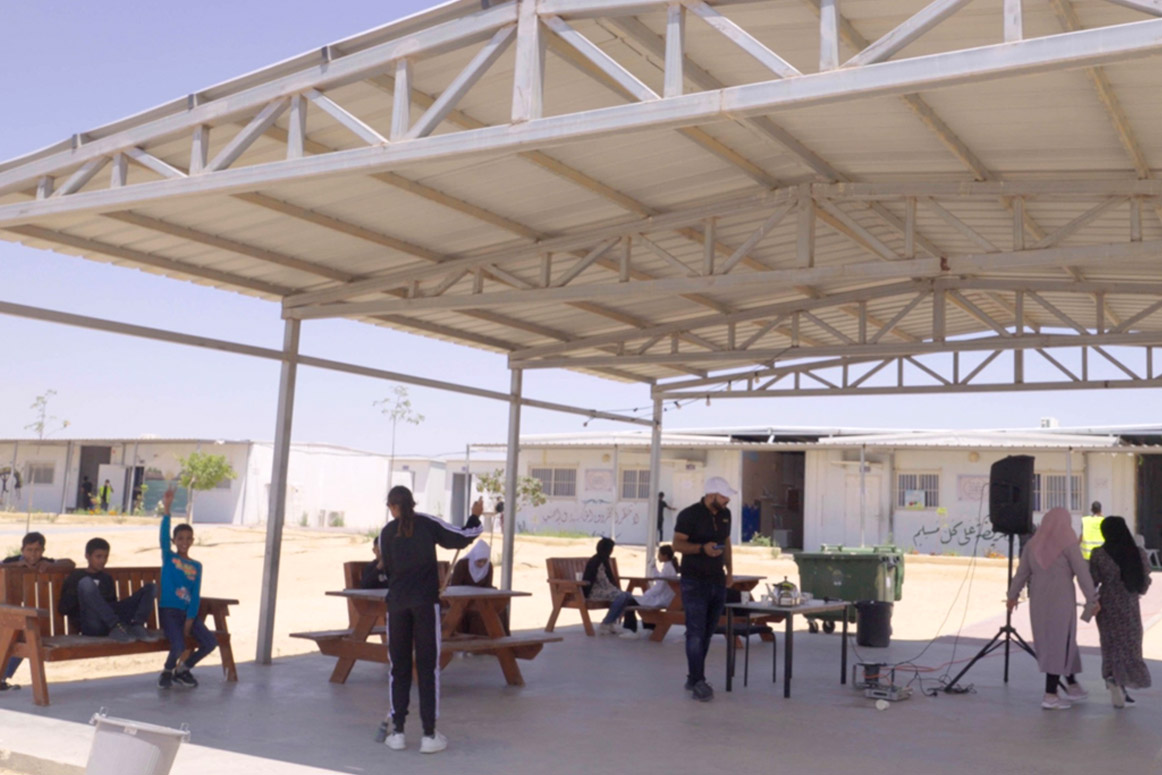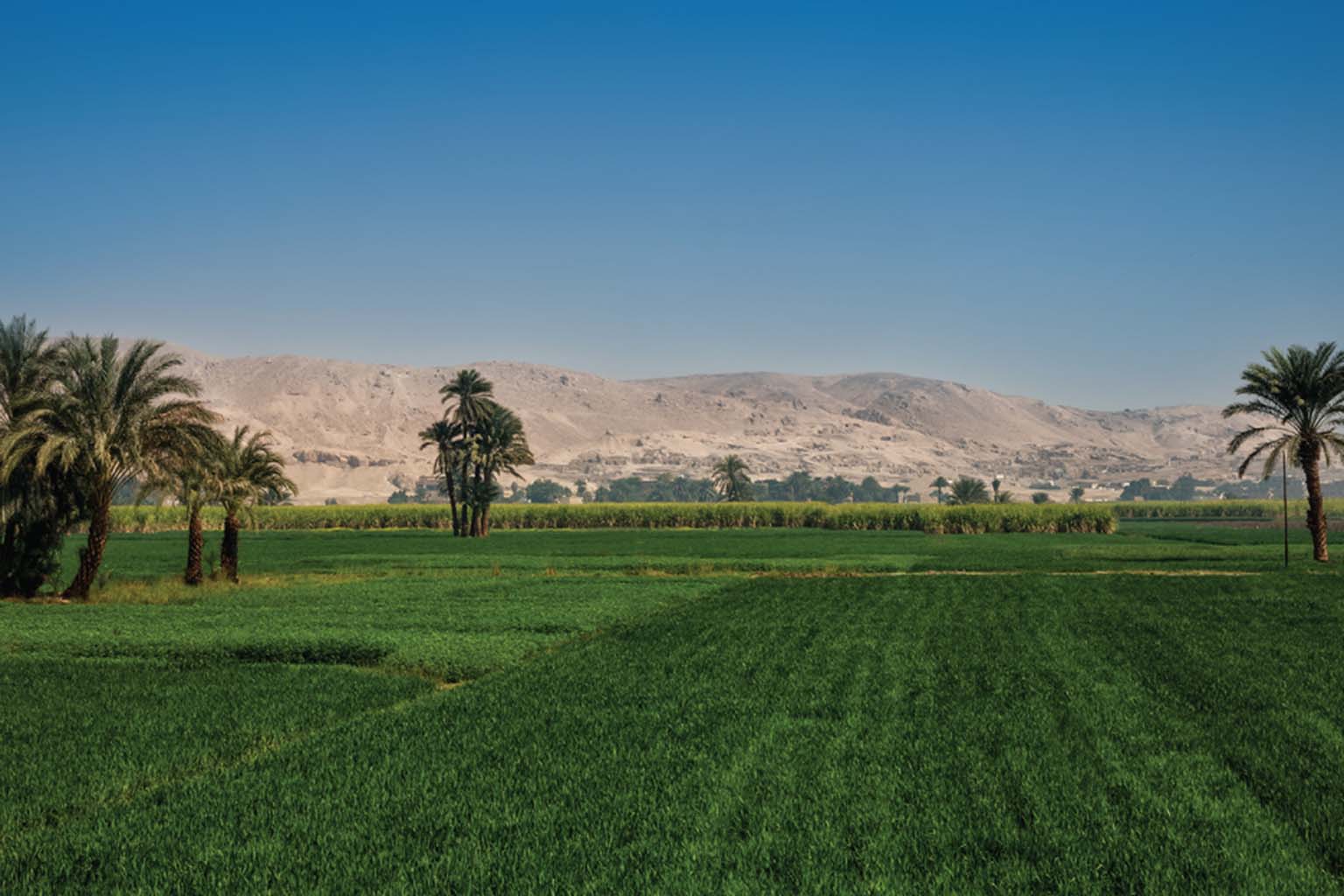The American Southwest currently faces unprecedented risk of water shortages and wide scale drought. Major aquifers and water sources, including the Colorado River Basin, Lake Powell, and Lake Mead, are receding rapidly due to a combination of decreased inflows due to climatic changes and increased pressures due to increased population, and inefficient water usage, and insufficient management in the affected states. About 40 million people depend on the Colorado River’s water alone for agricultural, industrial and domestic needs. The Colorado irrigates 5.5 million acres of farmland, and its hydroelectric plants produce 12 billion kilowatt hours of hydroelectricity each year; hydroelectricity from the Colorado River is a key supplier of power on the Southwest electric grid. As the Bureau of Reclamation considers reductions in water usage upwards of two million square acres from states utilizing the Colorado River, The Peace Department sees the following innovations and policy shifts not as mere recommendations, but as vital and necessary steps towards ensuring water stability and systemic sustainability in the long term.
Agricultural usage constitutes 70-80% of all water usage from the Colorado River Basin and its tributaries. Given the size of the reduction needed (between 2 and 4 million acres), reductions from individual households or from corporate entities are unlikely to make a sufficient “dent” – targeting agricultural water usage in California, Arizona, Nevada, New Mexico, Utah, Wyoming, and Colorado is the most efficient and impactful area of reduction. The Peace Department suggests the following two innovations, to be implemented concurrently, as the most effective and cost-efficient methodologies for immediate reduction in the area:










